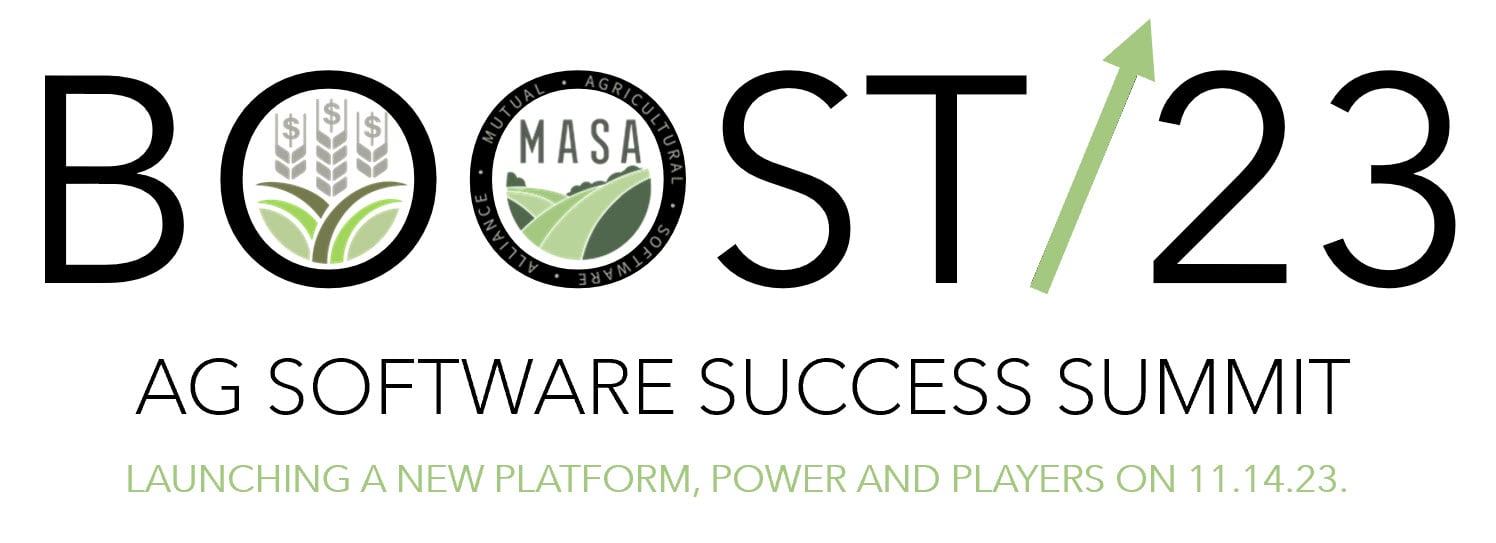There are quite a few aspects of farming that are unpredictable. The best we can do is be prepared and ride out those challenges. We’re used to situations and plans that need to evolve. We’re used to being responsive. Similarly, as farmers, we’re used to production and marketing cycles. They dictate just about everything we do from planting and harvesting to breeding and market. The advantage with those cycles is they’re predictable. Accounting for those cycles, however, is a different beast.
Quick Links
- What are Agricultural Production and Marketing Cycles?
- How Agricultural Production Cycles Impact Farm Accounting
- Why Farm Accounting and Agricultural Software is Essential for Farm Production Cycles
What are Agricultural Production Cycles?
In short, agricultural production cycles encompass the time from planting or birth to when a product is marketed. For crops, the production cycle begins when the first costs are incurred for a crop and ends when the crop is sold. Similarly, livestock production begins at birth and ends when the product is ready for sale. Beef cattle, for example, can require at least a year to 2 years before they are ready for market, depending on the feed.
Here’s a very simple crop example of how production/marketing cycles affect accounting:
During the 2022 calendar year, work in process costs (WIP/Investment in growing crops) like fertilizer applications and cover crops will start to build for the 2023 crop year.
- In 2023, WIP costs will continue to build until that crop is harvested, converting those costs into a readily-marketable inventory called finished goods. The completed 2023 crop could be sold immediately or held into the next year to take advantage of marketing opportunities.
- At the same time, WIP costs for the 2024 crop are being accumulated. These overlapping production and marketing cycles will continue indefinitely.
As a result, these overlaps create accounting challenges.
- 1. Crop production and marketing cycles not only rarely correspond to calendar or fiscal years, but they can also easily extend over 3 calendar years, making tracking and matching costs by “crop year” very painstaking and imprecise.
- 2. In the real world, much more complexity exists when additional crops, with different growing and marketing cycles, are added to the mix.
- “Crop year” accounting is vital, not just for matching costs correctly in financial statements but also for locking in margins based on current costs.
 How Agricultural Production Cycles Impact Farm Accounting
How Agricultural Production Cycles Impact Farm Accounting
One of the most difficult parts of farm accounting is managing production cycles that don’t correspond to the fiscal year. Traditional accounting systems rely on a standard fiscal year and, when it comes to taxes, accounting must report on a traditional calendar year. However, agricultural production cycles don’t fall into either one of those standards.
For example, a winter wheat crop may be planted in the fall of one year, harvested in late spring or early summer of the next year, and then sent to market throughout the year. For corn, that production cycle can be even longer, overlapping 3 years. Livestock production is similar in that it overlaps multiple years and different in that feeding groups and flocks can turn over several times within a year. The question becomes how one accounts for the expense of the seed, feed, and care of these farm products when the revenue doesn’t come in for another year or more.
Because of these production cycles, it’s hard to fit financial information into a fiscal report that just doesn’t match. In short, crop years and fiscal years just aren't in alignment and that’s where things can get complicated…but they don’t need to be.
 How Farm Accounting Can Help Financial Reporting Based on Farm Production Cycles
How Farm Accounting Can Help Financial Reporting Based on Farm Production Cycles
In an ideal world, standard accounting software would provide the kind of flexibility you need to account for overlapping production cycles and their impact on financial reporting. That’s just not the case. Without creating time consuming workarounds and complex and difficult to maintain spreadsheets, it can be remarkably difficult to not just keep track but to also accurately report to those who need the data.
Agricultural and traditional accounting software differ in fundamental ways. Agricultural accounting software allows you to factor in some vital differences between farming and other industries such as:
- U.S. farms run mostly on a cash-basis for tax purposes and don’t account for inventories. This encourages year-end distortions that obscure production cycle costs and analysis so a farm accounting system needs to report both cash and accrual.
- Crop and livestock inventories and activities are usually measured in dual units (bushels and acres, head and hundredweight, tons and pounds, gallons and pints).
- Business structures are complicated by informal partnerships, landlords, and entities, often with very limited internal accounting capacity to manage these complex relationships.
To manage those crucial differences, you want a single solution that provides for these varied production cycles and also tends to other accounting needs. Further, a robust farm accounting solution can pull data from your operations and automate vital financial data entry improving your accuracy as well.
On the farm, there are very few shortcuts. Anything worth doing is worth doing right and there are few places where that is more true than when it comes to the financial health and well-being of your farm.
A full farm solution helps you prepare the financial reporting that can be complicated by agricultural production cycles. and you want a team behind that solution that understands and supports your needs. If you’re ready to talk to the FBS team to see how our agricultural software solution can help you prepare to manage the challenges of agricultural production cycles when it comes to financial reporting and tax time, reach out today!

















